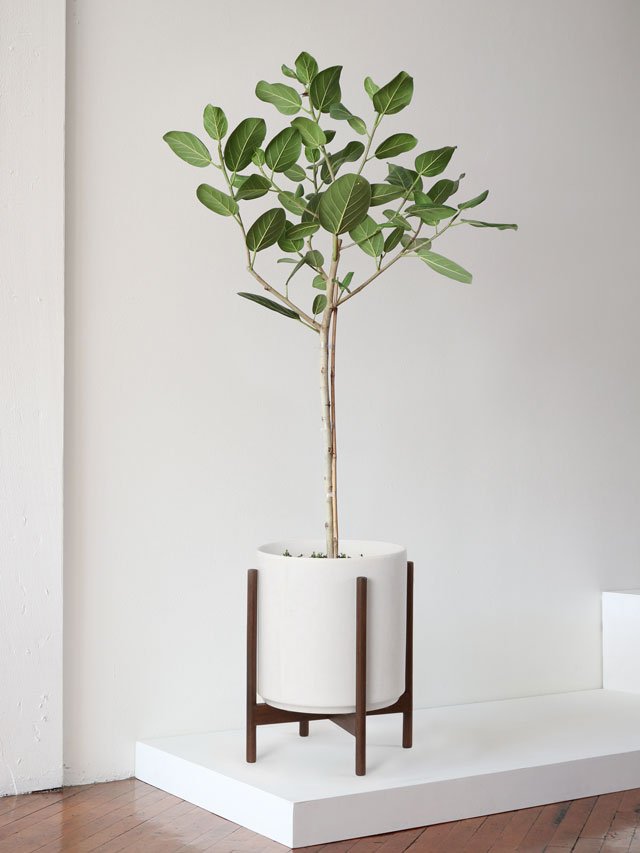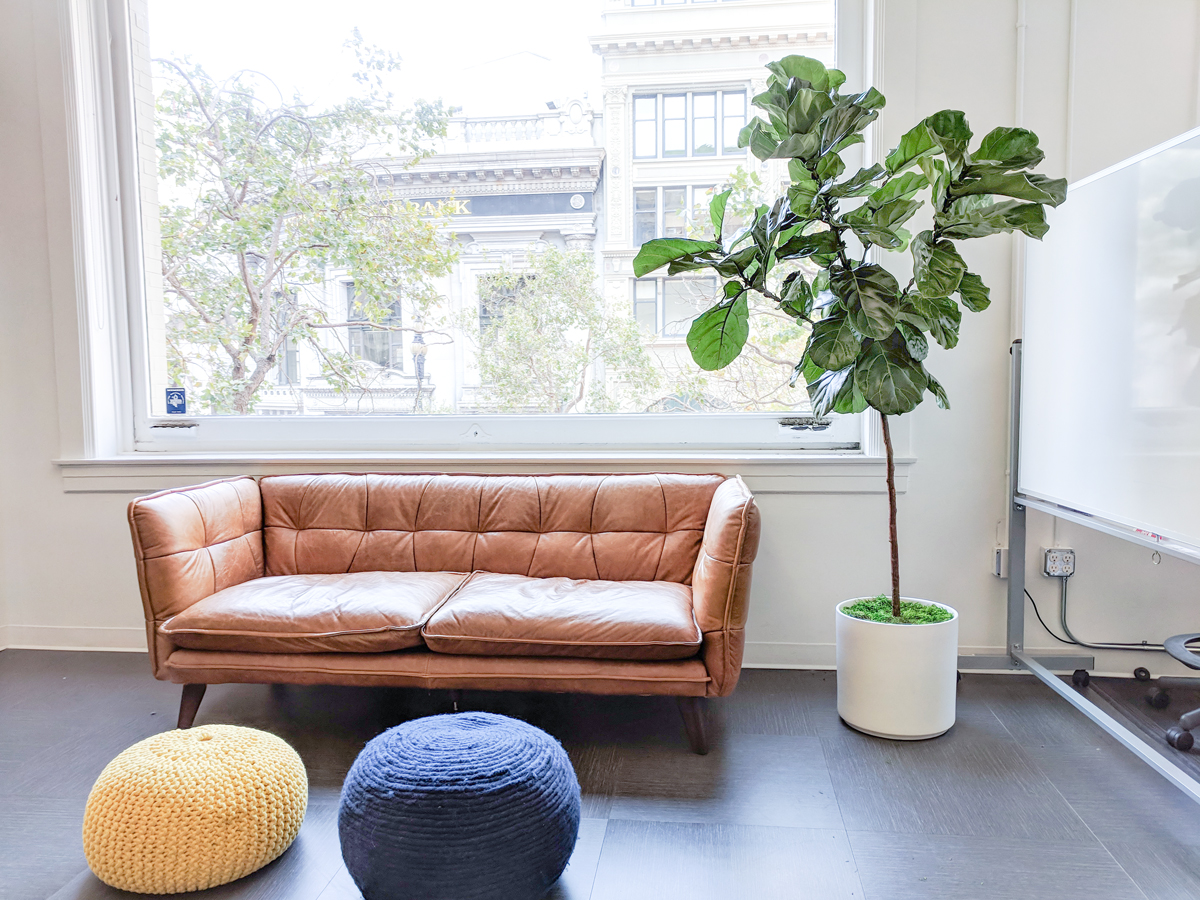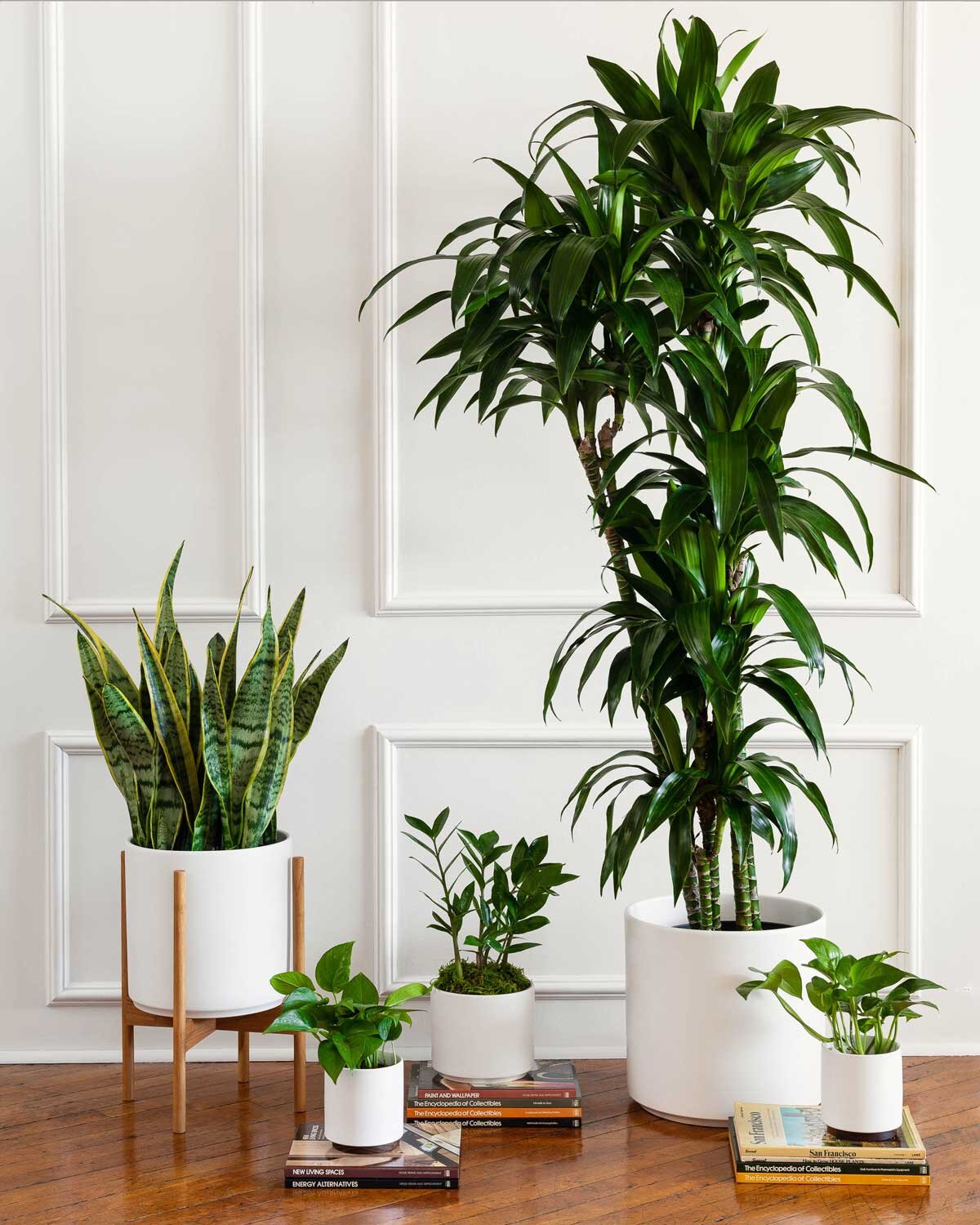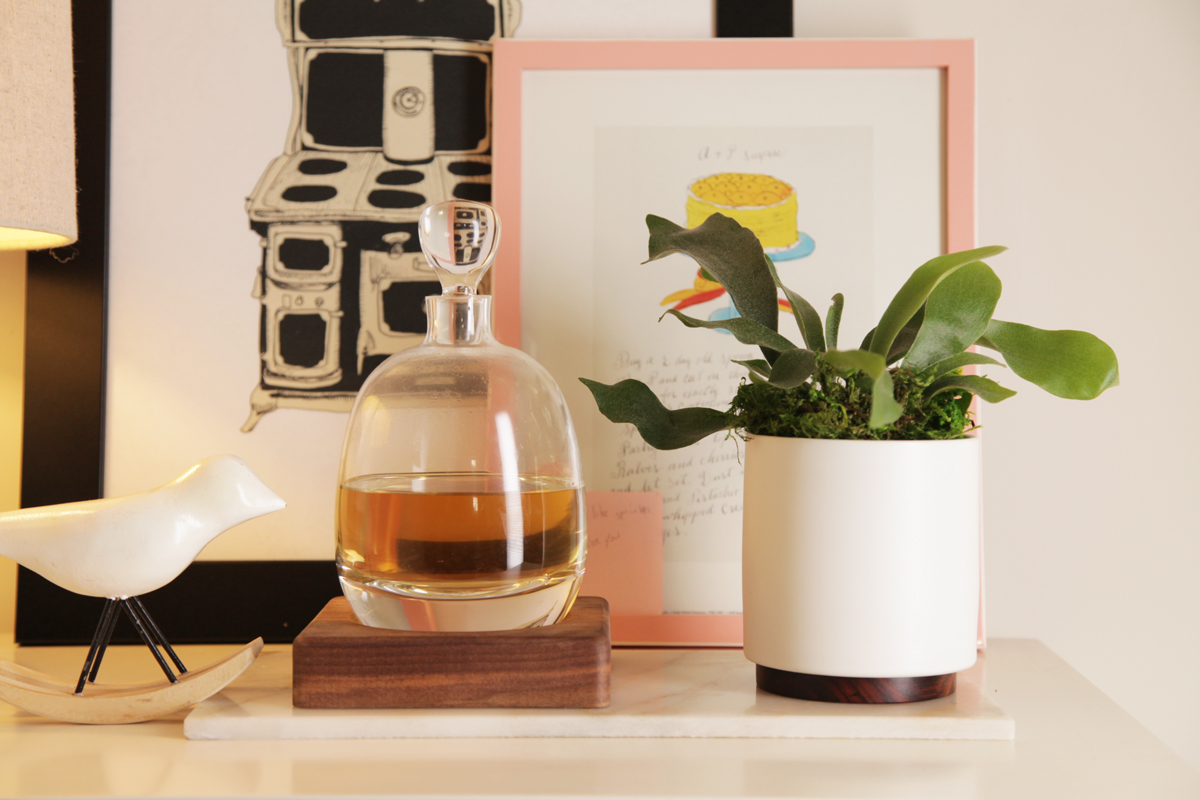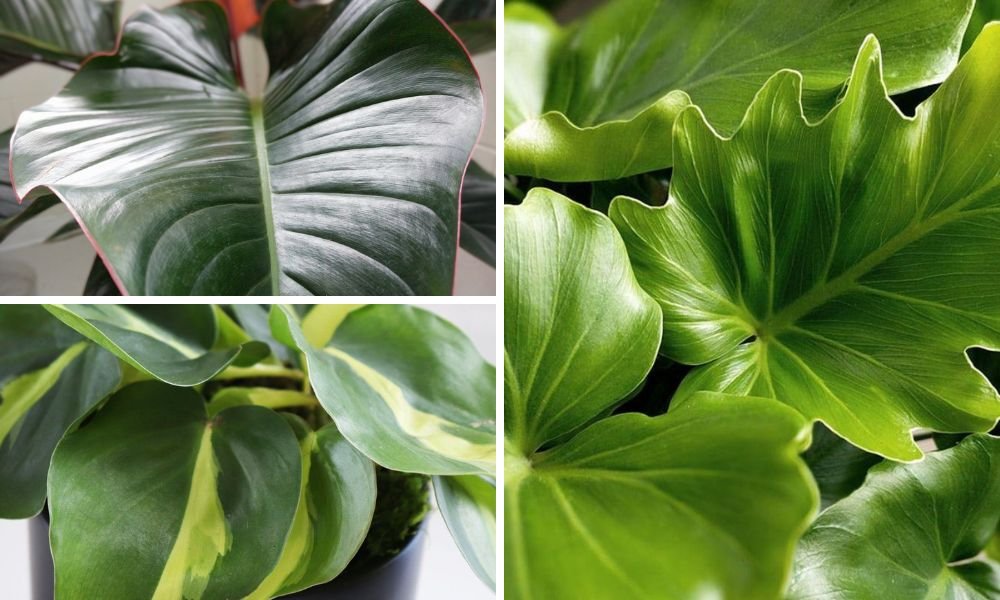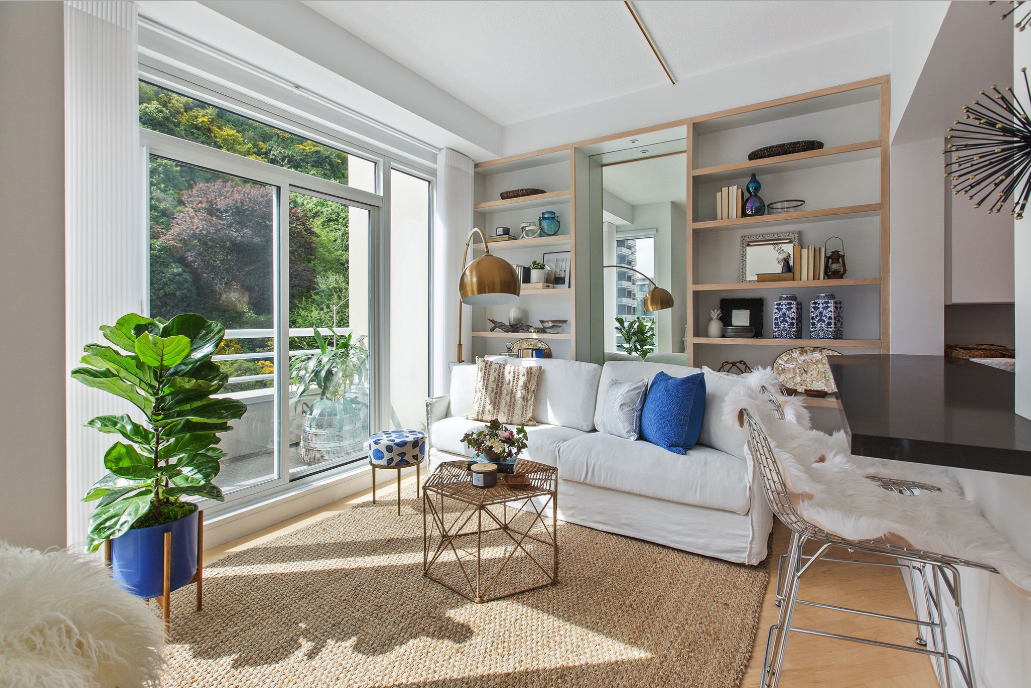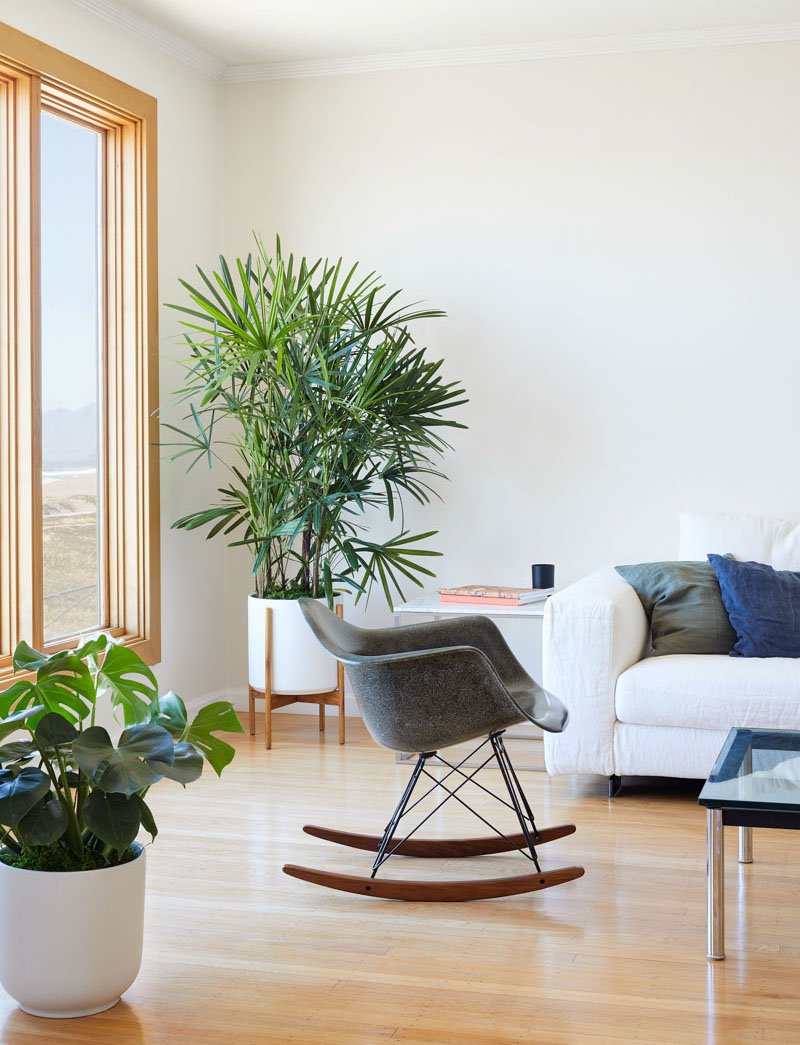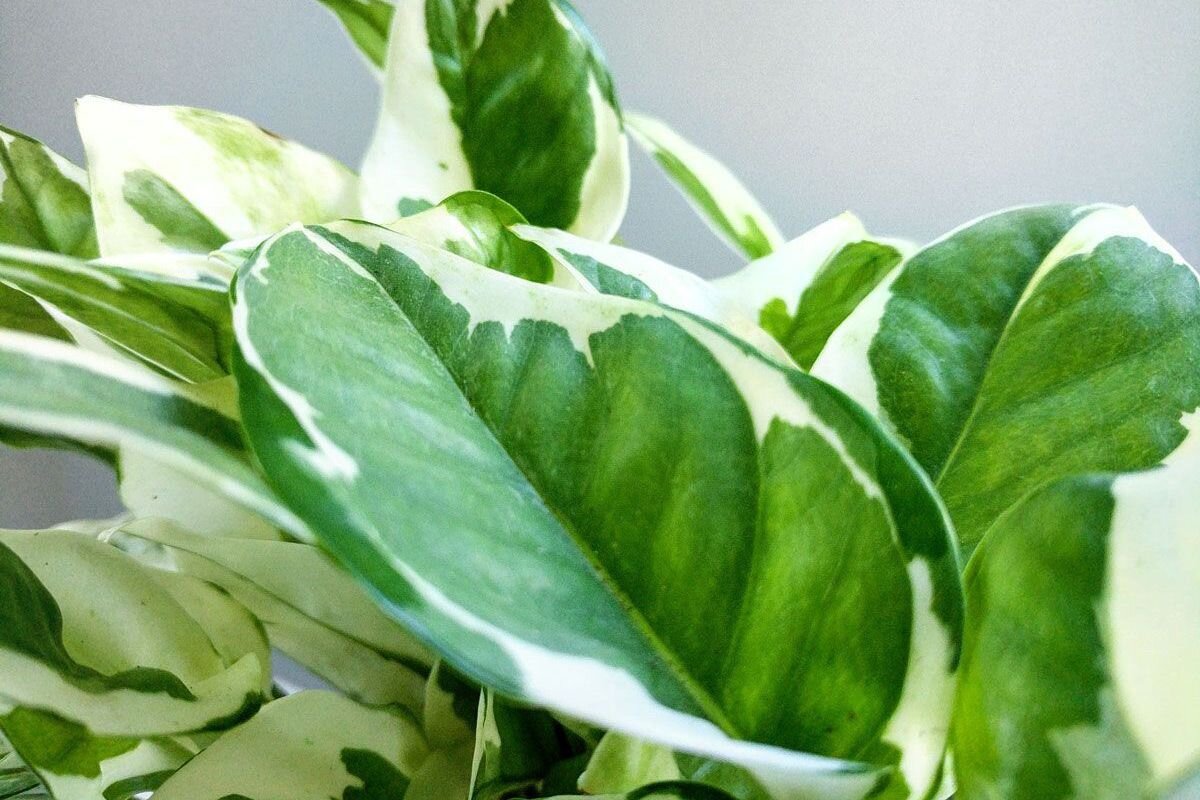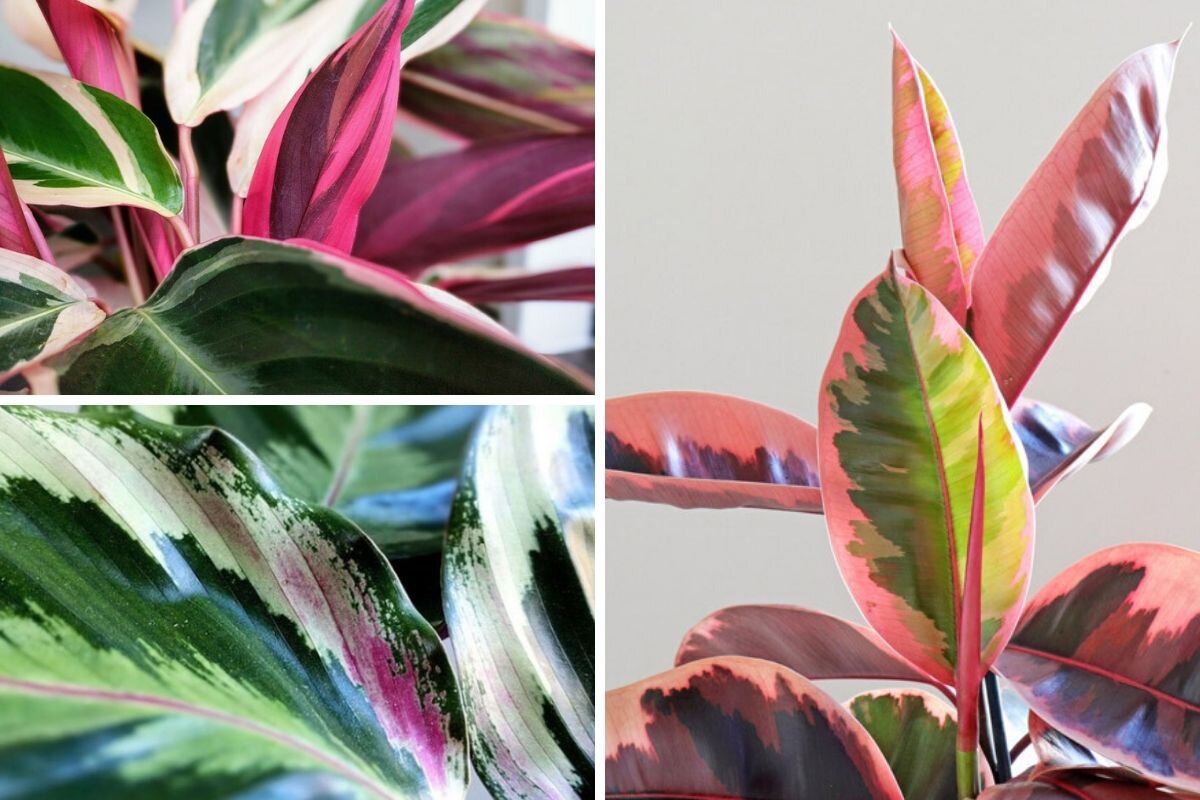Could the Ponytail Palm be right for you?
The Ponytail Palm is a unique plant that requires little attention. Despite its ease of care, Ponytail Palms bring a dramatic and lush presence to any style space. Here’s what you need to know before you buy one.
What is a Ponytail Palm?
Beaucarnea recurvata, known as the Ponytail Palm or the Elephant Foot Palm, is a well-loved houseplant for its ability to thrive in a variety of environments. Part of the Asparagaceae family, these plants are closely related to agave, yucca, and other common houseplants like Dracaenas. Despite its nicknames, these plants are surprisingly not true palms. These evergreen perennials are native to Mexico, but have become popular houseplants all over the world for their ability to bring a tropical, bohemian vibe into any space.
They need lots of light
Ponytail Palms, while easygoing plants, love as much light as possible. These gorgeous plants are good candidates for the bright, sunnier parts of your space. However, they are prone to sunburn, so ensure that the light is indirect so as not to scorch the plant’s leaves.
Where to place your Ponytail Palm
In addition to being placed in an indirectly bright area -- morning light from an east or southern-facing window in the Northern Hemisphere -- Ponytail Palms should be kept away from cold drafts, air conditioning units, and cold windows, especially in the summer.
The Ponytail Palm’s unique shape helps add a burst of fresh color into bright corners or other areas of a home or office. They can survive in partial sun, but are unlikely to grow as quickly as they would in optimal conditions mirroring their native habitat.
How to water the Ponytail Palm
The number one rule of Ponytail Palm care is to be cognizant of overwatering! While they are colloquially known as Ponytail Palm trees, they are not trees at all -- they’re succulents and should be treated similar to any other succulent or agave-type plant.
Though incredibly easy to care for, they are sensitive to moisture and prone to root and stem rot, so ensure your plant is in a well-draining, chunky soil mix in a pot with a drainage hole to avoid water buildup. Léon & George Ponytail Palms are “staged” in their ceramic pots for maximum drainage and airflow. In terms of a watering schedule, it’s better to err on the side of dryness with these unique ornamentals -- known to thrive on neglect, these make for excellent home decor for people who travel a lot or simply forget to water their plants.
Ponytail Palms don’t need to be fertilized
Ponytail Palms don’t require a lot of attention, therefore fertilizing isn’t necessary -- this is one of the many reasons why Ponytail Palm care is so straightforward. If you choose to fertilize your plant, opt for a natural, organic fertilizer for succulents and use it during the spring/summer growing season.
Common problems with Ponytail Palms
The most common problems people have with their Ponytail Palm trees are due to overwatering. Often, people report their plant experiencing brown tips, which is more often than not an issue with overwatering. Their native area of Mexico is dry and hot -- not humid like most people think of when they think of palm-looking plants.
To mitigate brown tips on your Ponytail Palm, reduce watering to a steady schedule of every 2-3 weeks once you notice them occurring. If the discoloration is only occurring at the tips, you’re able to prune the leaves with a sharp, sterilized pair of clippers to maintain the lush green aesthetic.
Is the Ponytail Palm a good air purifier?
Yes! Ponytail Palms have been identified as among the best indoor air-purifying plants. Along with their cousins the Dracaena and the Snake Plant, these beauties help freshen and purify the environment in your home.
How to select a healthy Ponytail Palm
Adorable and quirky, the Ponytail Palm makes for the ideal accent to any decor.
When selecting your Ponytail Palm tree, pay close attention to the leaves, ensuring they are lush, firm, and healthy-looking (be careful as you inspect, as the leaves have serrated edges!). Though it's normal for the plant to drop leaves over time as it grows, a Ponytail Palm tree whose leaves come off with a light yank is likely suffering from overwatering or another issue. Carefully inspect the soil as well for pests, weeds, or musky smells.
They’re safe for pets
Ponytail Palms are an excellent choice for homes with pets, as they are nontoxic to cats and dogs. If your cat loves to nibble on your plants, the Ponytail Palm is a safe option to keep in their reach.
Avoid purchasing your Ponytail Palm from a garden center
Because plants at garden centers are watered en masse, they spend a lot of time saturated -- and often aren’t in chunky enough soil to weather the amount of moisture they are given. In fact, it’s common for them to experience root rot before even leaving the store. While they may have an appealing price tag, it’s not worth the issues of overwatering, from creating an attractive environment for pests to root rot.
They can propagate themselves!
Ponytail Palms aren’t easy to propagate on their own, but they will sometimes produce offshoot babies from the base of the stump. Once they reach a few inches, they can be carefully cut off as close to the base as possible, scabbed over at the cut part, and planted in a well-draining succulent soil mix.
Discover the Ponytail Palm
An easygoing addition to any style or space.









